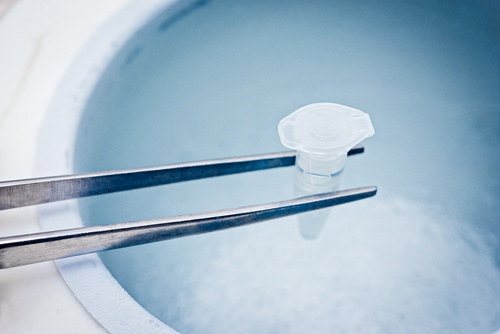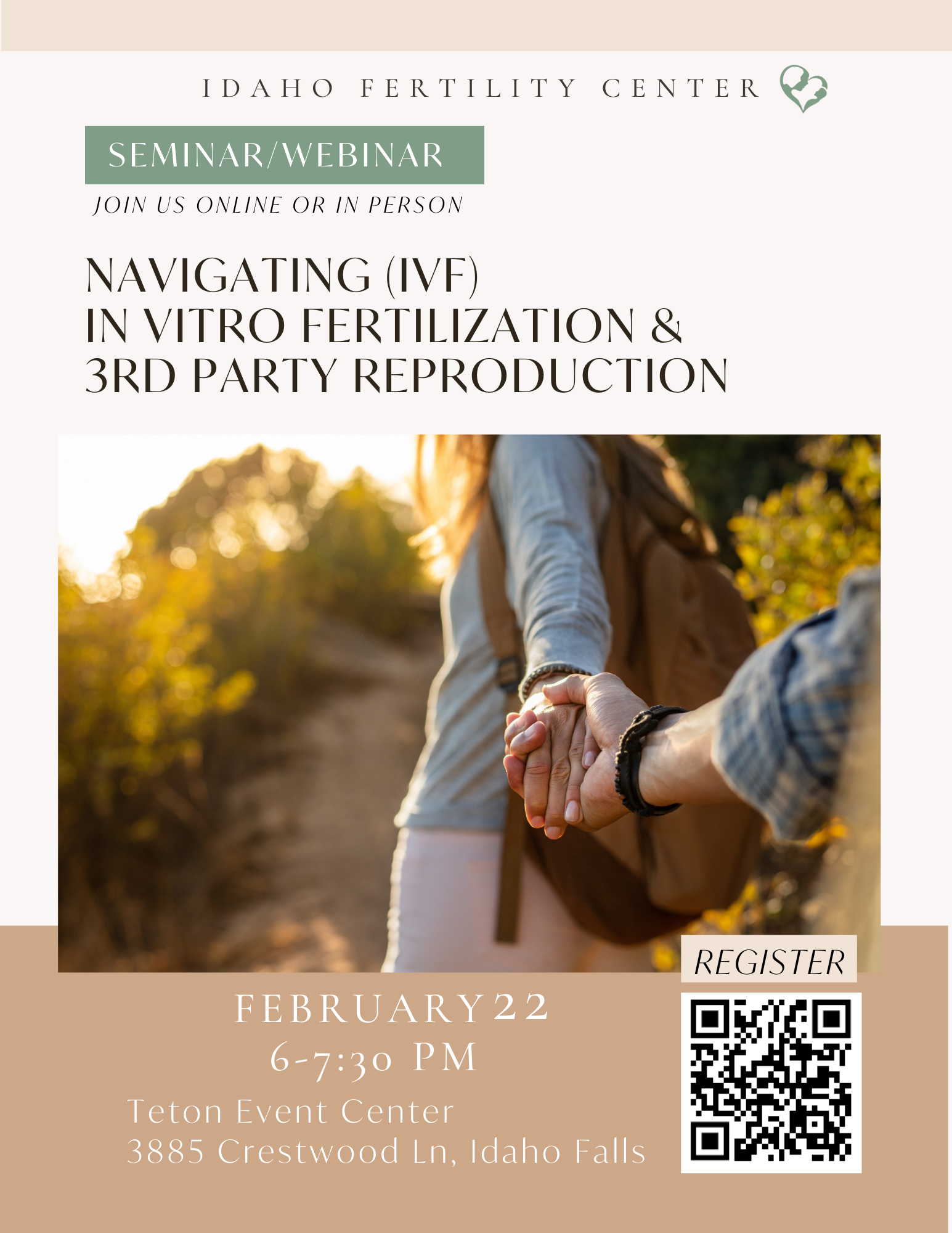
For many women, time is running out. By the age of 35, a woman’s chance of infertility is 30%, and these days, women often delay childbearing to focus on their career or to find the right partner. But there is good news. For this growing group, there is now a way to beat the odds – egg freezing. Once considered experimental, egg freezing – also known as oocyte cryopreservation – has now become a realistic option for women to freeze young, healthy eggs, and preserve their fertility for years to come.
As egg freezing is a relatively new technology, only a handful of fertility centers are now beginning to offer it along the Wasatch Front. Traditionally, storage of frozen embryos has been the main option for delayed childbearing. However, this requires either a male partner or the use of donor sperm to fertilize the egg before the freezing process. Egg freezing allows for fertility preservation without sperm, for women who want to focus on their career before starting a family or who haven’t met “Mr. Right.”
One of the first successful pregnancies ever achieved in Utah using a frozen egg was performed at the Utah Fertility Center in Pleasant Grove. “Our recent success with a pregnancy conceived through egg freezing is a breakthrough for our center, and in the area of fertility preservation for women in general,” says Dr. Shawn Gurtcheff, a fertility specialist with the center. “It brings hope to so many people.” Using the latest egg freezing technique known as vitrification, or “flash freezing,” specialists at the Utah Fertility Center have been able to significantly increase the pregnancy rate of women using frozen eggs.
“The Utah Fertility Center has made our dream of having a family a reality. Without their expertise and the technology, it never would have been possible. We are planning to do this again in the spring using additional frozen eggs, and are hopeful for another positive pregnancy,” says Kathy, the patient who recently conceived through the use of frozen eggs. The couple delivered a healthy baby girl this August. Although egg freezing research has been evolving for many decades, disappointing pregnancy success rates initially made the technique unrealistic. Eggs pose a unique challenge compared to embryos because ice crystals tend to form inside the eggs during the freezing and warming process. These ice crystals damage the egg, rendering it unfertilizable. After an egg is warmed, it needs to be fertilized by a sperm and grown into an embryo, which is then returned to a woman’s uterus to achieve a pregnancy. The first human pregnancy after egg freezing reported in 1986 employed “slow freezing,” where the temperature of the egg was slowly lowered during the process. In spite of this advancement, pregnancy success was extremely low. Fortunately, a new technique called vitrification, or “flash freezing,” along with new culture media systems, has finally made egg freezing a highly successful process by minimizing ice crystal formation.
The latest studies report pregnancy rates as high as 60% per cycle of egg freezing, which is virtually as high as success seen from conventional in-vitro fertilization using fresh eggs immediately fertilized by sperm. Though success rates may not be this high for everyone, vitrification has finally made the option of egg freezing a reality for thousands of women.
Egg freezing has also become an important option for women of reproductive age with cancer. Survival rates for these young women with cancer have steadily increased over the past several decades, allowing them to look forward to long healthy lives and having families. Treatments including surgery, radiation, and/or chemotherapy often render these women infertile and unable to have their own biological children. Egg freezing allows them to bank healthy eggs with fertility specialists before undergoing egg-damaging cancer therapy.
“Addressing quality of life issues like fertility preservation is critical, if it can be done safely, for these young women with cancer,” explains Dr. Karen Zempolich of the Monarch Women’s Cancer Center in Salt Lake City. Cancer treatment should always be individualized, taking into consideration a woman’s desire to maintain fertility options. Cancers of the reproductive organs are most challenging, but do have fertility sparing options for management as well. Not all women facing cancer will be appropriate candidates for fertility preservation, but it is vital that this is addressed before the treatments begin.
“New and more advanced techniques for egg freezing give these women an option they’ve never had before,” notes Dr. Zempolich who emphasizes that communication between the patient, her oncologist and fertility specialist is especially important in this difficult decision making. Around the world, there have been nearly 1,000 babies born through the egg freezing process. The Utah Fertility Center is the only center in Utah to be chosen as a partner in the nation’s largest egg freezing bank.
Whether for elective fertility preservation, or part of comprehensive “oncofertility” treatment, the option of egg freezing is now an exciting reality.






